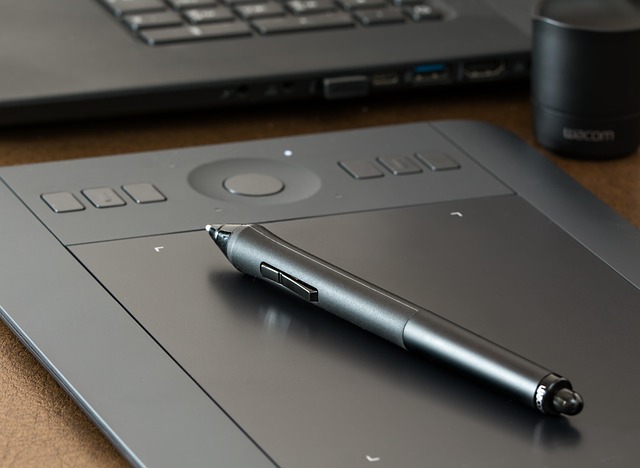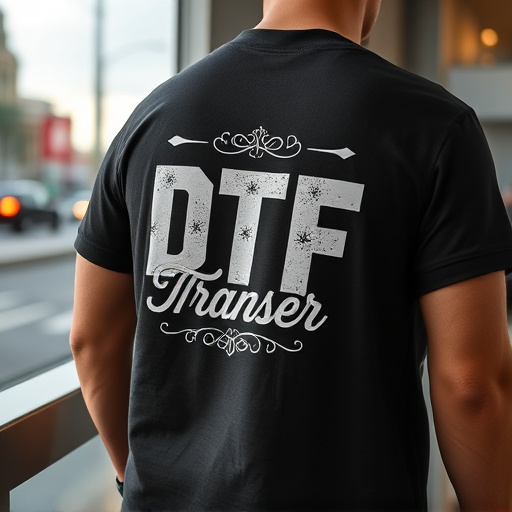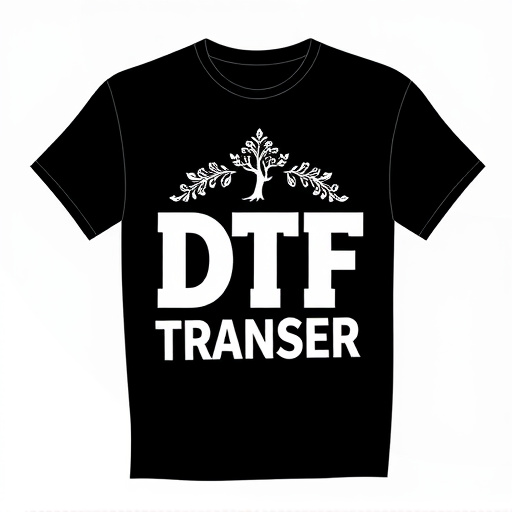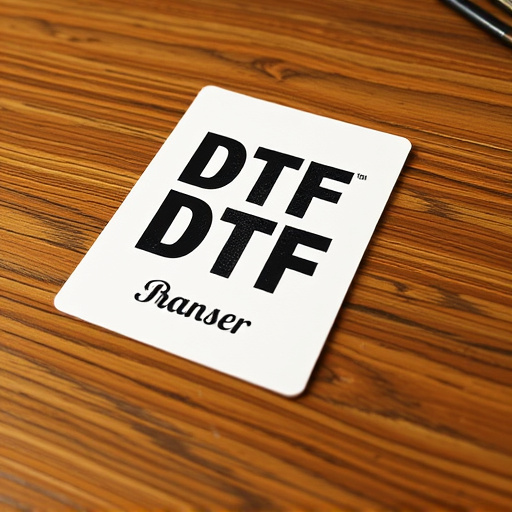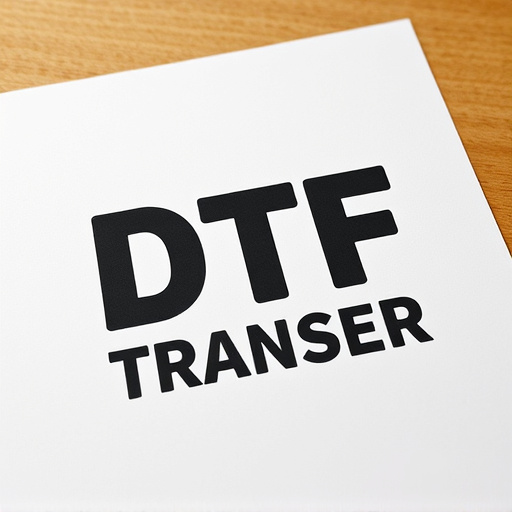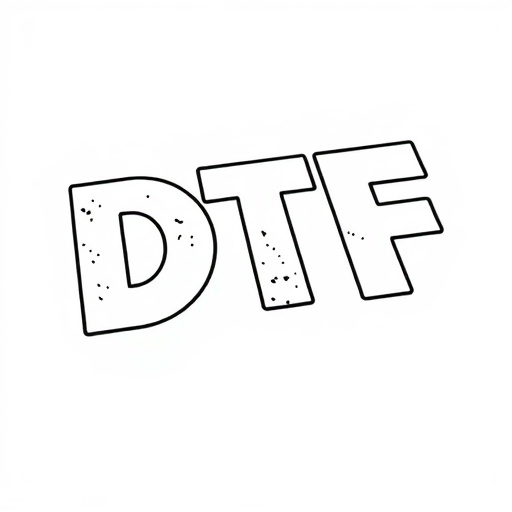Direct-to-film (DTF) prints represent a revolutionary approach to high-quality, large-format imaging, utilizing advanced inkjet printers to create intricate details on diverse surfaces for art and commercial projects. Categorized by dimensional measurements, these prints range from 35mm to 70mm, offering versatile to epic visual experiences. DTF's high definition and customization capabilities make it ideal for personalized products, while proper preservation ensures their longevity.
Direct-to-film (DTF) prints, a unique method of capturing cinematic magic, have evolved significantly over time. This article delves into the intricate world of DTF transfers categorized by dimensional measurements, offering a comprehensive guide for enthusiasts and professionals alike. From traditional 35mm and 70mm formats to the digital revolution, we explore how these standards shape visual experiences. Additionally, we uncover customization options and preservation techniques, ensuring the longevity of DTF prints. Understanding these aspects is crucial for appreciating and preserving the art of cinema across various dimensions.
- Understanding Direct-to-Film (DTF) Prints: A Brief Overview
- Categorization of DTF Transfers Based on Dimensional Measurements
- Standard Sizes: 35mm, 70mm, and Their Impact on Visual Experience
- High-Definition Era: The Rise of Digital DTF Prints
- Customization Options: Tailoring DTF Transfers to Specific Needs
- Preservation and Display: Best Practices for DTF Print Longevity
Understanding Direct-to-Film (DTF) Prints: A Brief Overview
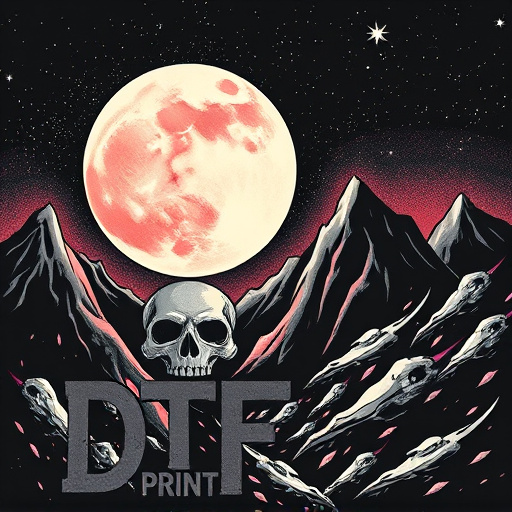
Direct-to-film (DTF) prints are a cutting-edge method of producing high-quality, large-format images directly onto various surfaces, including canvas, vinyl, and even glass. This innovative process eliminates the need for intermediate steps like computer printing or plate making, enabling artists and professionals to achieve precise, vibrant results with remarkable efficiency.
DTF technology utilises advanced inkjet printers that deposit pigment-based inks directly onto the substrate, layer by layer, creating intricate details and stunning visuals. The key advantage lies in its versatility; DTF prints can range from sleek, modern art pieces to robust, outdoor signage, catering to diverse applications across industries. This technique has revolutionised how we approach visual storytelling, offering unparalleled depth and clarity in both artistic expressions and commercial projects.
Categorization of DTF Transfers Based on Dimensional Measurements
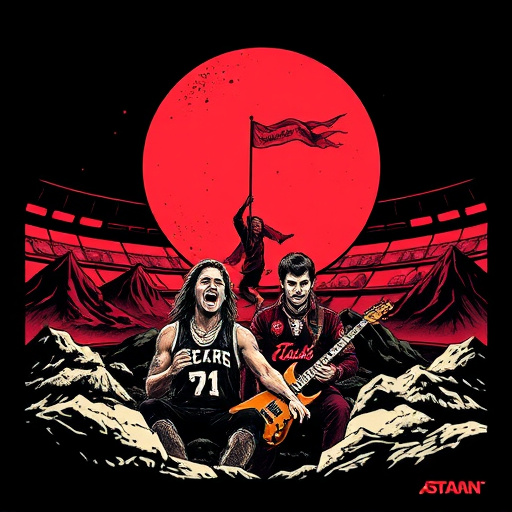
Direct-to-film (DTF) prints are often categorized based on their dimensional measurements, which play a crucial role in determining the print’s quality and versatility. These categories include width, height, and sometimes even thickness, providing a standardized way to describe and compare different DTF Prints.
The categorization allows for easier navigation when selecting suitable prints for specific applications. For instance, wider DTF Prints might be ideal for billboards or large-scale outdoor advertising, while taller prints could suit interior design elements or creative backdrops. Understanding these dimensions ensures that the chosen print meets the required physical space and aesthetic needs of a project.
Standard Sizes: 35mm, 70mm, and Their Impact on Visual Experience
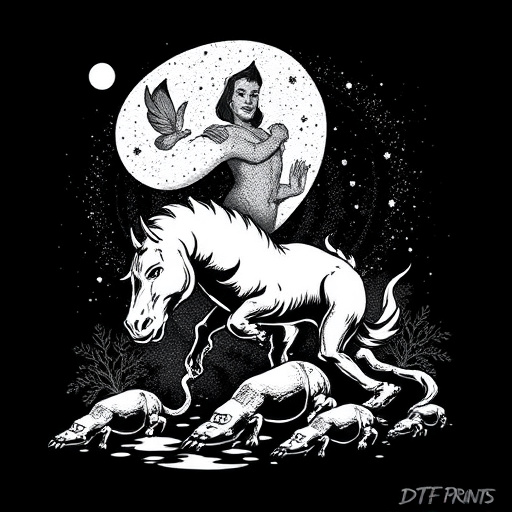
Direct-to-film (DTF) prints come in various sizes, each offering a unique visual experience. Among the standard formats are 35mm and 70mm, both leaving a significant mark on the cinematic landscape. The 35mm gauge has long been the industry standard, delivering crisp images with a wide field of view. This size is versatile and suitable for most cinema screens, providing an immersive experience without overwhelming viewers with excessive detail or graininess.
In contrast, 70mm films offer a grander scale, capturing stunning visuals with exceptional clarity. The larger format allows for more intricate details and wider angle shots, enhancing the cinematic impact. DTF prints in this size are often reserved for epic productions aiming to captivate audiences with breathtaking landscapes and elaborate scenes. Its rarity on standard screens adds to the allure, creating a specialized visual experience for cinephiles.
High-Definition Era: The Rise of Digital DTF Prints
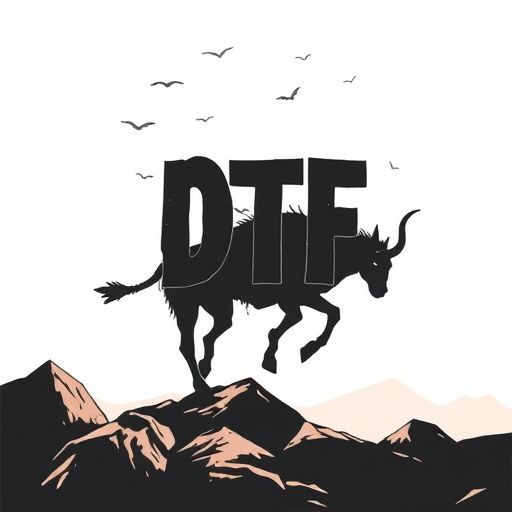
The High-Definition Era marked a significant shift in the film industry, bringing digital technology to the forefront with direct-to-film (DTF) prints. As display technologies advanced, the demand for higher resolution and improved picture quality grew, pushing filmmakers and technicians to explore new methods of reproduction. Digital DTF Prints offered an innovative solution by capturing the visual essence of traditional film while leveraging the capabilities of modern digital processing.
This era saw the rise of high-quality, large-format prints, enabling audiences to experience cinema in a whole new light. With advancements in color accuracy, contrast ratios, and detail reproduction, DTF Prints became a game-changer for both arthouse and mainstream films, ensuring that viewers could appreciate the artistic intent and technical prowess behind each frame.
Customization Options: Tailoring DTF Transfers to Specific Needs
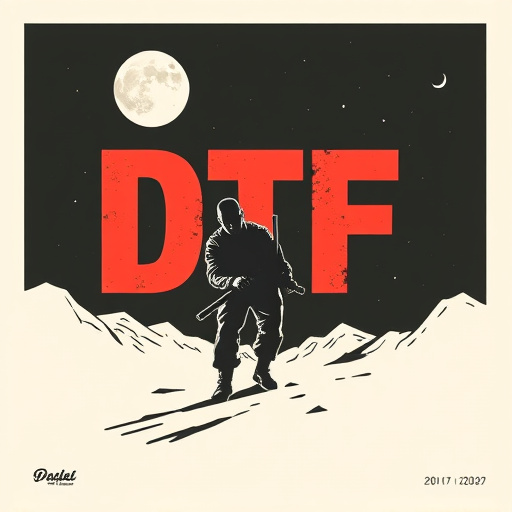
Direct-to-film (DTF) printing offers a unique advantage in its customization options, allowing for tailored transfers to meet specific needs. This flexibility is particularly valuable for businesses and individuals looking to create personalized products. With DTF prints, you can design and produce custom artwork, logos, and graphics that adhere precisely to various surfaces, from clothing and accessories to signage and decorative items.
By utilizing specialized software, designers and printers can manipulate dimensions, resolutions, and color profiles to ensure the final product aligns perfectly with intended applications. This precision enables the creation of high-quality, vibrant DTF prints that stand out, whether adorning a t-shirt, enhancing a poster, or embellishing a piece of artwork. Customization options extend beyond basic design; material choices, finish types, and even special effects can be incorporated, making DTF transfers a versatile and appealing solution for diverse projects.
Preservation and Display: Best Practices for DTF Print Longevity
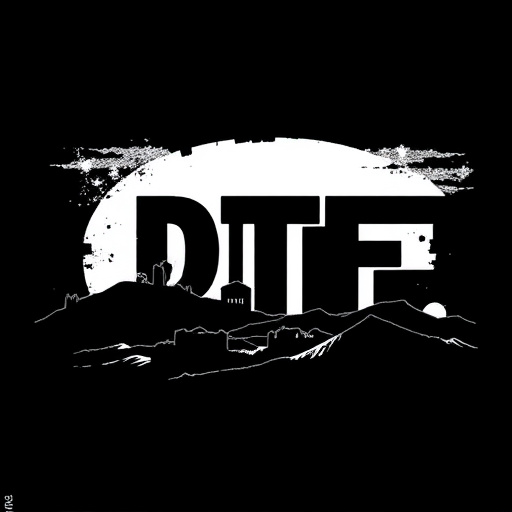
Direct-to-film (DTF) prints, while offering a unique and modern display option, require careful consideration for preservation and longevity. To ensure the viability of DTF Prints over time, several best practices should be implemented. Firstly, proper storage conditions are paramount. These include maintaining a cool, dry environment with controlled temperature and humidity levels to prevent degradation and fading. Avoiding direct sunlight is crucial as it can accelerate the aging process of the prints.
Regular cleaning and handling protocols are essential for maintaining DTF Prints. Use microfiber cloths and non-abrasive cleaners to gently wipe away dust and fingerprints. Handle the prints carefully, supporting them at the edges to prevent creasing or damage. Framing options should be chosen wisely; archival-quality frames with UV-protective glass or acrylic can help shield the prints while allowing for proper viewing. These measures will contribute to the preservation of DTF Prints’ vibrancy and detail for years to come, ensuring their display as a cherished artistic medium.


